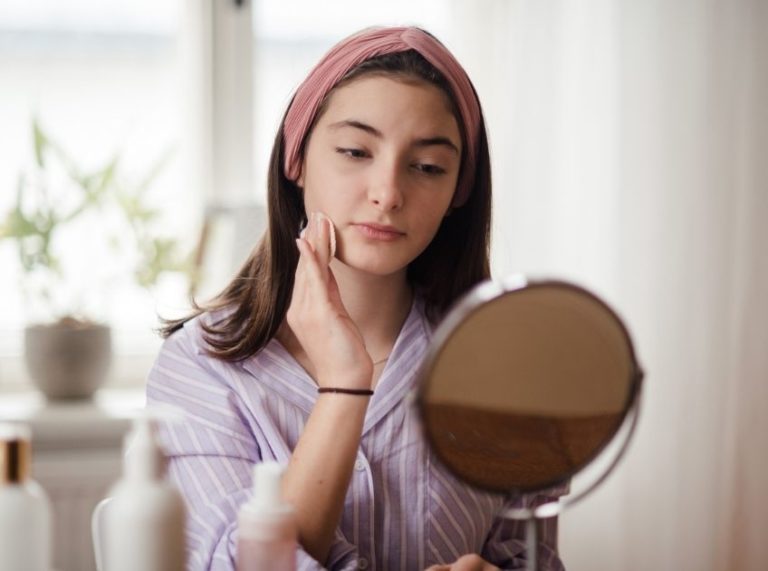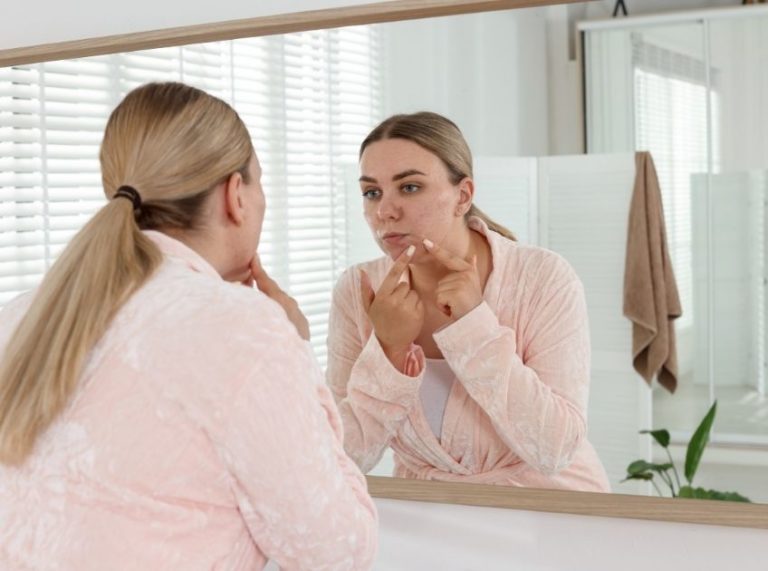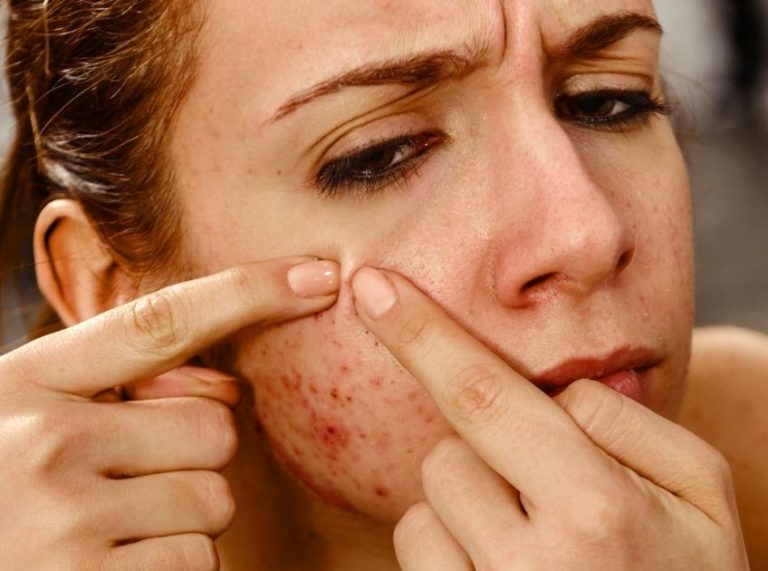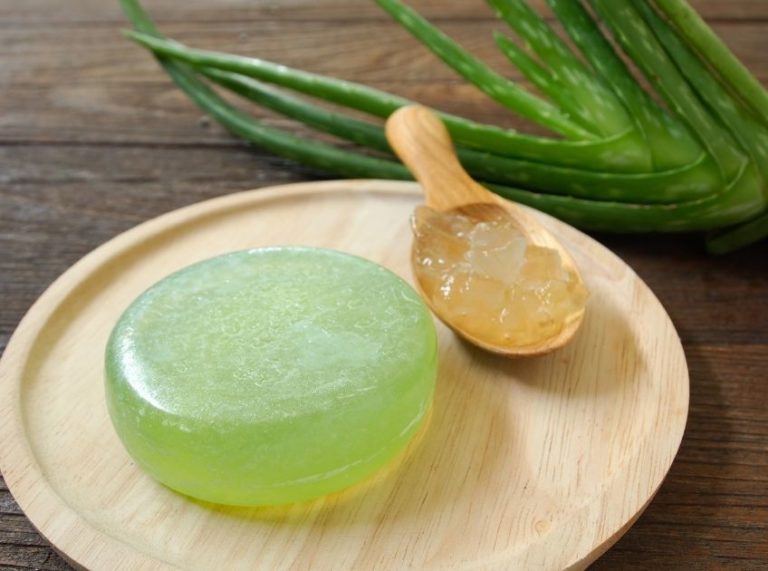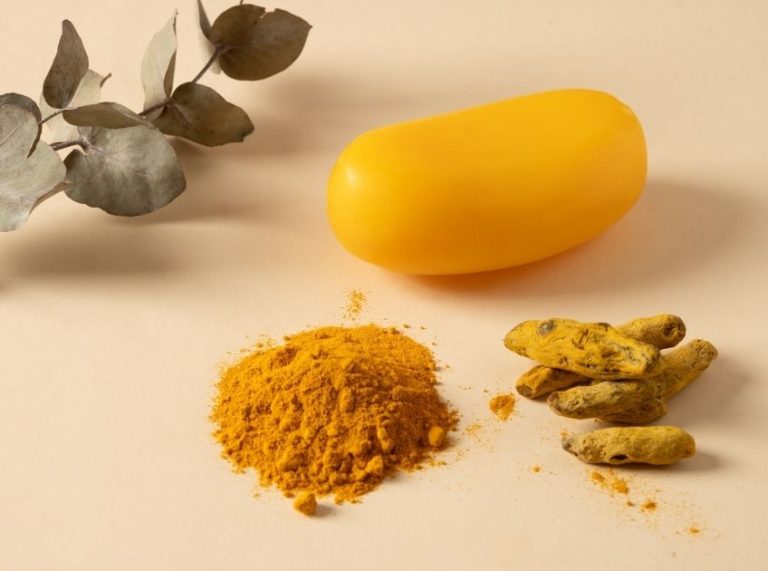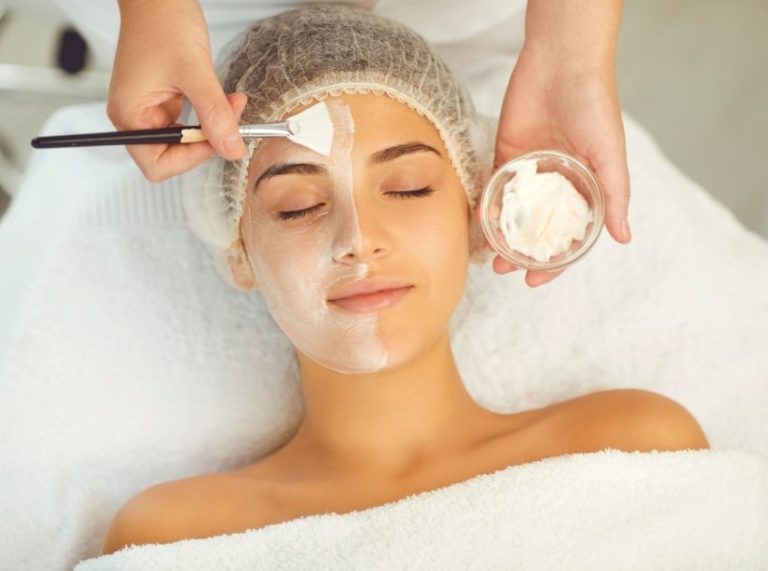
Important: This article is for informational purposes only. Please read our full disclaimer for more details.
Tired of battling dark spots, uneven skin tone, or post-acne marks? Hyperpigmentation can be stubborn, but with the right ingredients, you can fade discoloration naturally. This DIY guide offers two dermatologist-inspired cream recipes you can make at home.
Formulated with proven natural actives, these creams are gentle, effective, and tailored to suit all skin types. Keep reading to uncover their science-backed benefits and how to customize them for your skin needs.
Say Goodbye to Dark Spots—Naturally
- Fades sun spots, melasma, and acne marks
- Even out skin tone without harsh chemicals
- Promotes brighter, smoother, glowing skin
- Safe for daily use with the right formula
These creams work by gradually reducing melanin buildup, supporting clearer skin with consistent use.
Why It Works: Benefits of Natural Brightening Creams
- Gentle Exfoliation: Encourages skin cell turnover
- Hydrating Base: Keeps skin soft and supple
- Antioxidant Protection: Prevents future pigmentation
- Non-Comedogenic: Won’t clog pores or cause breakouts
Each ingredient is handpicked to support skin regeneration and fade discoloration over time.
Ingredient Breakdown: What’s Doing the Work?
- Turmeric (Curcumin): Brightens skin and reduces melanin activity
- Licorice Extract: Inhibits tyrosinase, an enzyme that darkens skin
- Aloe Vera Gel: Soothes irritation and supports skin repair
- Vitamin E Oil: Fades scars and defends against UV damage
- Rosehip Seed Oil: Rich in vitamin C and retinoids for spot correction
Backed by Science: The Evidence Behind the Ingredients
- Curcumin, the active compound in turmeric, has been shown in Phytotherapy Research (2016) to reduce hyperpigmentation and inflammation (1).
- Licorice extract contains glabridin (2), which inhibits pigmentation enzymes—proven effective in Journal of Dermatology (2000).
- Rosehip oil is supported by a 2015 study in International Journal of Cosmetic Science, showing improvement in scars and dark spots (3).
Know When to Pause: Discontinue if You Notice These Signs
- Redness, itching, or burning after application
- Increased sensitivity to sunlight
- Breakouts (if your skin reacts to oils)
Tip: Always patch test on your inner forearm before full use.
Customize It: Adjust Quantities Based on Your Skin
- For oily skin: Reduce carrier oils and use an aloe vera base
- For dry skin: Increase rosehip or vitamin E oil
- For sensitive skin: Avoid essential oils and use chamomile-infused aloe
Each skin type can benefit—just tweak the ratios.
Who Can Use This Cream?
- Dry to Normal Skin: Very compatible
- Oily and Acne-Prone Skin: Use the lightweight or gel-based formula
- Sensitive Skin: Choose minimal essential oils or fragrance-free bases
Is It Safe for Long-Term Use?
Yes, when made with fresh ingredients and stored properly. All components are generally safe for daily use, but avoid overuse of turmeric or citrus oils which can increase sun sensitivity.
2 Best DIY Homemade Hyperpigmentation Cream for All Skin Types
DIY #1: Aloe + Turmeric Cream for Pigmented Skin
This soothing gel-cream combines brightening and anti-inflammatory ingredients to reduce dark spots, calm irritation, and support skin repair. Ideal for those with sensitive or oily skin who prefer lightweight hydration.
Ingredients:
- 2 tablespoons pure aloe vera gel (fresh or store-bought, preservative-free)
- 1 teaspoon turmeric powder (organic, cosmetic-grade)
- 1 teaspoon vitamin E oil (from capsules or bottles)
- ½ teaspoon licorice root extract (liquid form, glycerin-based preferred)
Directions to Use:
- In a clean, dry mixing bowl, add aloe vera gel.
- Sprinkle in turmeric powder and mix until no lumps remain.
- Add vitamin E oil and licorice extract to the bowl.
- Mix all ingredients thoroughly using a spoon or spatula.
- Once blended, transfer to a small airtight glass container.
- Store in the refrigerator to keep fresh for up to 10 days.
How to Apply:
- Cleanse your face and pat dry.
- Use a clean fingertip or spatula to apply a thin layer over pigmented areas.
- Leave on for 20–30 minutes during the day, or overnight for deeper treatment.
- Rinse off with lukewarm water and follow up with moisturizer.
- Use once daily; always apply sunscreen during the day.
Pro Tips:
- For extra cooling benefits, chill aloe vera gel before use.
- Turmeric may leave a mild yellow tint—apply in the evening to avoid daytime staining.
- Add 1–2 drops of tea tree oil for acne-prone skin.
- Skip turmeric if you’re sensitive to staining or allergic to the ingredient.
DIY #2: Rosehip + Licorice Brightening Balm
This nourishing night balm deeply moisturizes while targeting pigmentation using botanical oils and licorice extract. Ideal for dry, mature, or unevenly textured skin.
Ingredients:
- 1 tablespoon rosehip seed oil (cold-pressed, organic)
- 1 tablespoon unrefined shea butter
- ½ teaspoon licorice root extract
- 3 drops lemon essential oil (optional – photosensitive; use only at night)
Directions to Use:
- In a double boiler or heat-safe bowl over hot water, melt shea butter slowly on low heat.
- Once fully melted, remove from heat and let it cool for about 2–3 minutes.
- Stir in rosehip oil and licorice extract while still warm (not hot).
- Add lemon essential oil if using, and stir well until the mixture is smooth.
- Pour into a small sterilized glass jar with a tight lid.
- Let it set at room temperature or refrigerate for 1 hour to firm up.
How to Apply:
- Cleanse your face thoroughly and apply toner if needed.
- Scoop a pea-sized amount with clean fingers and warm it between your hands.
- Gently massage into areas with dark spots, using upward circular motions.
- Leave on overnight; do not rinse.
- Use 3–4 times a week, especially during your nighttime routine.
Pro Tips:
- Avoid lemon essential oil if your skin is highly sensitive or if you won’t be avoiding sun exposure.
- Rosehip oil is naturally rich in Vitamin A (retinoids) and Vitamin C—use consistently for best results.
- For added benefit, add a pinch of niacinamide powder (if available) to reduce pigmentation further.
- Always patch test on a small area before full-face use.
Frequently Asked Questions (FAQ’S)
1. How long until I see results?
A. With consistent use, most people notice a visible difference in 3–4 weeks.
2. Can I use these creams with other products?
A. Yes, but avoid mixing with prescription retinoids or AHAs to prevent irritation.
3. Should I refrigerate the cream?
A. Aloe-based creams should be refrigerated and used within 10 days. Oil-based ones last up to 2 months at room temp.
Final Thoughts: Say Hello to Even, Glowing Skin
Hyperpigmentation doesn’t need expensive treatments to improve. With natural ingredients and consistent care, you can gradually fade discoloration and restore your glow.
Try one of these DIY creams today, and give your skin the gentle support it deserves.


